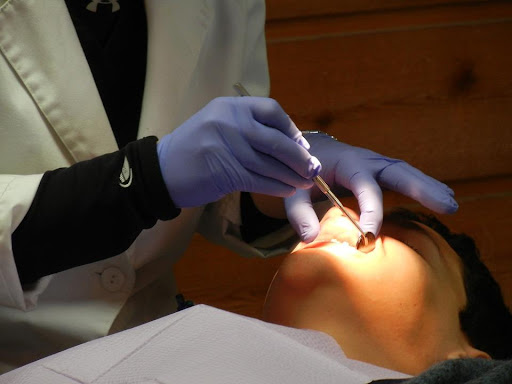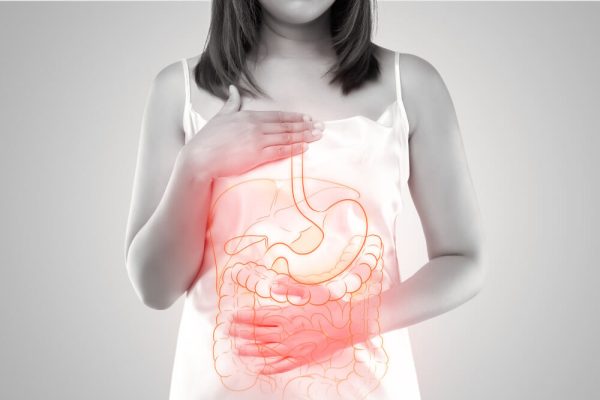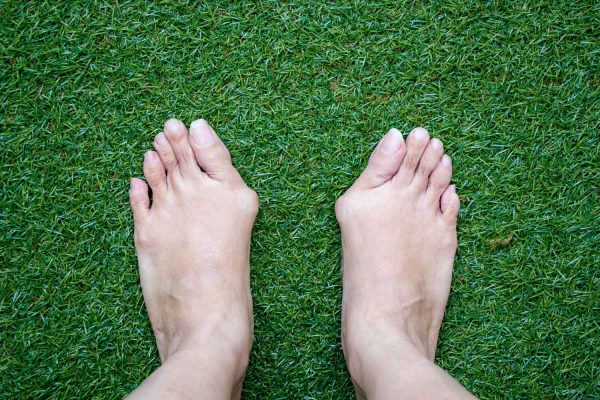Do you feel like your teeth are not straight? Or do you perhaps have trouble eating food?
Problems like tooth decay and gum disease can readily develop when teeth are misaligned. All this and other typical orthodontic issues may necessitate you to use braces to enhance oral health and correct tooth alignment.
Braces use brackets, wire, and an elastic band, to pull teeth into position. It takes around weeks to months or even years to fix your dental problems.
It’s critical to recognize the warning signs as soon as possible in case any underlying problems could later have a detrimental effect. Here are some signs that could indicate a need for braces:
- Misaligned teeth
Tooth alignment issues are common in people. You may not notice that your teeth are misaligned because they may not be visible when you talk or smile.
They could be slightly slanted, overlap one another, or protrude more than the neighboring teeth and are also called malocclusions. These malocclusions can cause headaches, discomfort during chewing, and problems with speech. If left untreated, these issues can worsen with time unless you get them corrected by getting braces on your teeth at the right time. You can consult orthodontics which can suggest the types of braces you can get depending on your issue. If you want to save time on your commute and don’t want to travel just for consulting, you can choose virtual consultation. For that, you can check Bovenizer & Baker Orthodontics at https://www.bovbakerortho.com/, which offers a free consultation. They can help you choose the appropriate braces and the cost of treatment for your misaligned teeth.
2. Crooked or overcrowded teeth
Crooked or overcrowded teeth are one of the most apparent indications that braces are required. They can be harmful to your health in addition to having an impact on how you look.
When your teeth are crooked, food gets stuck between your teeth and becomes much harder to remove, which then causes plaque. Plaque-covered gums can swell, turn red, and bleed readily over time, especially during flossing. Gums may even start to retreat till the teeth are exposed. In this case, ordinary brushing and flossing are far less effective at removing dirt from trapped teeth, which can result in the development of plaque, periodontal disease, foul breath, and tooth decay. Fortunately, you don’t need to be distressed about crowding because braces can treat it. You can take on any damage and aid in preventing any further issues.
3. Overbite and Underbite
When the upper front teeth overlap the lower front teeth, you experience a condition where overbite occurs, a kind of malocclusion that could result in dental issues like gum recession and permanent damage to the front teeth. In the case of underbites, the lower jaw protrudes, preventing the lower row of teeth from aligning with the upper row. It may be either an undeveloped upper jaw bone or an overdeveloped lower jaw bone causing the problem. A fatal facial injury or other reasons may also contribute to an underbite. Genetics, a recessive chin, improper bite alignment, thumb sucking, improperly fitted crowns, gum disease, or an injury can all contribute to this. All this makes the experience of biting, chewing, and speaking and is a sign that you should go for braces.
4. Jaw Ache
If your lower jaw does not fit with the upper one, it will make you uncomfortable unless you do something about yourself.
You may suffer pain in your jaw joint and the muscles that control jaw movement if the hinge mechanism connecting the upper and lower jaw isn’t functioning. It may also be because the temporomandibular joint in your body, which connects your jawbone to your skull, isn’t functioning properly; it can easily slip out of position, grind, click, or lock.
With the help of braces, you can lessen the propensity to clench the jaw and tense the nearby muscles, offering relaxation all day long.
5. Not Digesting Food Well
Your dental problems eventually make you end up with poor digestion. Failure or difficulty in chewing food directly affects your digestion as the large pieces of food go straight into the stomach. It can cause intestinal distress, irritable bowel syndrome, and other discomforts that can be hard on you.
To ensure that your teeth are in the best possible alignment and do not disturb your digestion, you can go for braces to help you overcome these problems and improve your chewing.
- Diastema
Diastema is common among both adults and children. It’s the space or gap between the teeth that develop anywhere in the mouth. But mostly, they are found between the two top front teeth. When there are spaces between teeth, the gum tissue is exposed and more susceptible to plaque, irritation, and infection. It’s essential to close these gaps with the treatment of braces, as they can also contribute to giving you a beautiful smile. In addition to enhancing the appearance of your smile, closing these gaps can assist in correcting malocclusion issues.
2. .Speech Impediment
When you talk, your tongue should make firm contact with the roof of your mouth. Braces or other orthodontic therapy can help you get your mouth back in the right shape so that your speech comes out correctly.
Difficulty in speaking and speech impairments can also result from dental issues. You can think of your mouth as a tool or instrument with something broken in it. And just as you use it, you’ll hear something wrong coming from inside it. In the same way, your speech may change if your jaw or teeth are out of alignment because air can escape through these spaces causing the tongue to come into improper contact with the roof of the mouth. This same thing develops lisps. Lisps appear in children who are still growing their permanent teeth, but this issue can also affect adults. The best option is to opt for orthodontic braces that can take all these issues away.
3. . Dental Midlines Unmatched
The cross-sectional line that separates your top and bottom jaws is called the dental midline. It is a case of asymmetry when the middle of the two front teeth, two upper and two lower, do not line up or match. In other words, the top and lower arches must be in harmony and coincide with the middle of the nose or the halfway point between the two eyes. It impacts how your jaw sits and how your face looks. With braces, your teeth’s alignment can establish a symmetrical dental midline, improving intercuspation and resulting in comfort and a stunning smile.
Conclusion
Orthodontic care, mainly braces, is the best option to relieve pain and address any underlying problems, even though some of these symptoms are more severe than others. Braces can be a terrific method to boost your self-esteem, enhance your dental health, and increase how much you enjoy your meals.
We hope the warning signals described above will enable you to recognize any dental issues that could benefit from braces.





